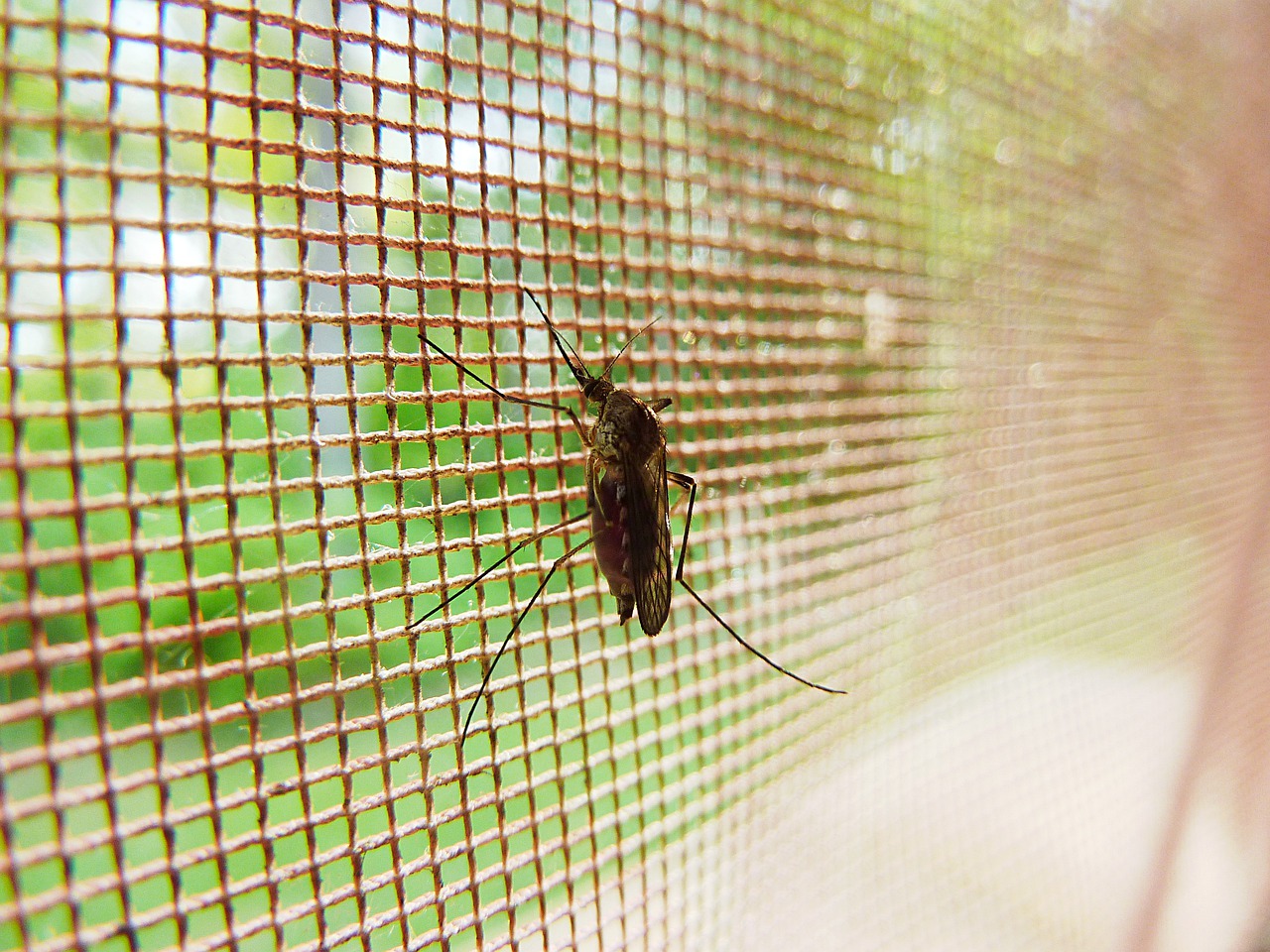Surveillance
Field surveillance is perhaps the most important component of our program. Control measures are not undertaken until we have confirmed that a problem exists. The goal of surveillance is to identify probable breeding habitats, measure production levels and treat areas that contribute to the problem.
Beginning each spring FCMC routinely checks over 1700 mapped sites in Flathead County for the presence of mosquito larvae.
A large number of our surveillance visits are initiated as a result of complaint calls by the public. If you have standing water on or near your property and you believe this to be a source of mosquito production, email with a description (Address or Township, Range, and Section), a contact number, and a good time to return your call.
Surveillance and treatment progress can be viewed online on the Mosquito Control Map. Read Terms of Use box and click “I Agree” to get started. Zoom in to your area to monitor activities.
Points (dots), lines, and polygon shapes are color-coded to represent their current status
GREEN shapes are not of current concern. These sites have been inspected or treated by field personnel.
BLUE shapes are on schedule to be checked for the presence of mosquito larvae.
RED shapes represent areas where larvae are present and treatment is required.
Source Reduction
Years ago, mosquito control districts engaged in huge projects to drain and fill areas known to produce mosquitoes. These efforts, many in the Kalispell and Evergreen areas, made summer evenings and weekend outings more tolerable by destroying breeding habitats. Today, many microenvironments for mosquito breeding are created unintentionally by allowing water to collect in artificial habitats. Wheelbarrows, uncovered boats, tires, and buckets are just a few examples of places mosquitoes can breed. Anything that can hold water may produce mosquitoes.
Source reduction is still a part of our program. Please do your part by refilling bird baths with fresh water weekly, recycling unused tires at the Flathead County Landfill, and replacing water in swimming or wading pools often. Ornamental ponds with good aeration pumps generally do not produce mosquitoes.

Disease Surveillance
In Montana, West Nile Virus (WNV) is most active during the months of June, July, August, and September. During this period, FCMC maintains numerous adult mosquito traps in the Flathead Valley. Dry ice (CO2) is used as an attractant to lure adult mosquitoes into containers. Traps are collected nightly and the mosquitoes are separated by sex and species to be tested for the presence of WNV.
In the event West Nile Virus is detected in Flathead County, this information will become available through Press Releases to the media and on our website.
Montana currently has two species of mosquitoes (Culex (Cx.) tarsalis and Cx. pipiens) that can serve as the primary vectors of WNV. The distribution and habitats of these two vectors are generally understood. Culex females lay groups of eggs, called rafts, directly on the surface of permanent and semi-permanent areas of standing water. These rafts may each contain as many as 300 eggs, and females are capable of producing multiple broods of eggs each season. The adult females are long-lived relative to other mosquitoes, and may even overwinter in a semi-dormant state. Cx. tarsalis prefer areas of relatively clean water and are most often found in flooded areas of lawns, fields, and pastures. Cx. pipiens prefer water with high concentrations of organic material and are often found in storm drain catch basins, flooded areas of livestock enclosures, and similar habitats.

